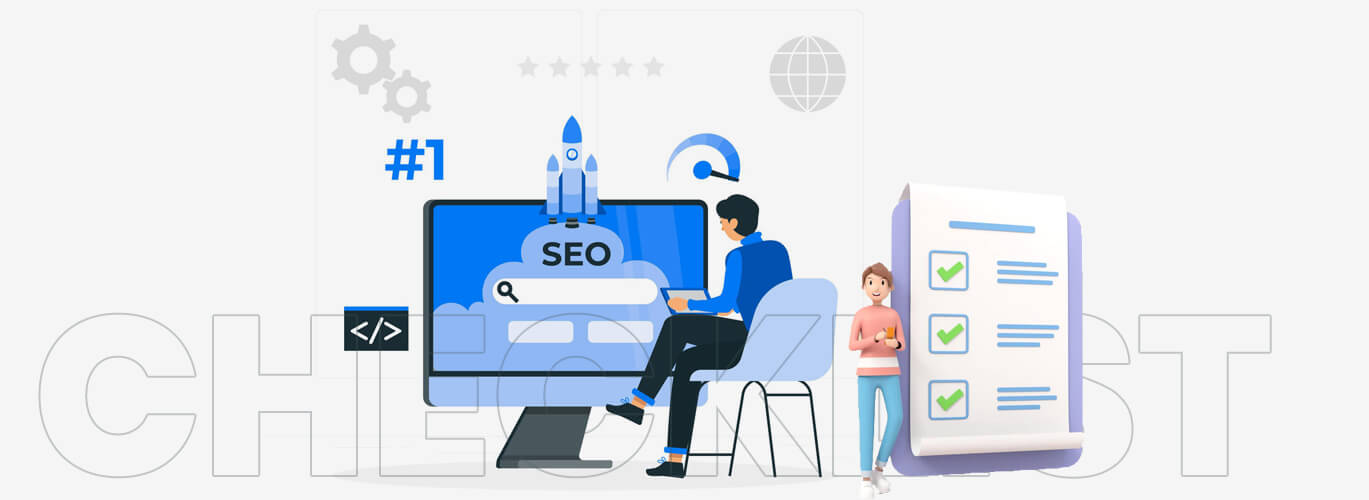Marketers are similar to bacteria. They attempt to transmit ideas into living organisms or customers in a way that allows them to grow, spread and survive. But like all other bacteria which are bad and good for our bodies (like those that help us digest food), not all marketing is bad.
Healthful marketing helps prospects seek products that accomplish their requirements and wants. Unhealthy marketing tricks customers into buying products that don’t provide the promised benefits, or co-opts others’ resources and mistreats them to deliver its own marketing message.
Parasitic Marketing
A biological virus is essentially a piece of DNA hiding in protein armour. The armour is like a Trojan Horse, having shapes on its surface that look to your cells like some functional molecule. The cell enables it to attach itself to its surface and takes up its contents, which then transforms to be something entirely different.
This same pattern is followed by some parasitic marketing techniques, using something that looks healthy to move into something unhealthy. What makes marketing parasitic is when it hurts the customer or the creator of the carrier. Some examples include:
- Writing low-quality content targeted at popular or trending keywords simply to monetize it using AdSense or other methods.
- Changing someone else’s viral eBook without their permission, replacing their affiliate links with yours, or adding material that distracts from the eBook’s quality or dilutes the advantage to the original publisher.
- Changing or framing someone else’s webpage, either switching their ads, or diluting them by adding your own, or showing their content in a context that reflects poorly on them.
- Providing advantages to people in exchange for advertising your products to their friends, when they haven’t yet had the chance to examine whether the product is worth advertising.
- You may have understood that the difference between “bacterial” and “parasitic” is not always black and white. For instance, when you frame someone else’s web page, you do help it spread.
- There are people who may not mind having their content spread this way, even if they’re not fully thrilled by the content of the framing page. Others may mind. Either way, the technique is more or less parasitic, taking a ride on value created by someone else.
In the last example, the freebie that’s being given away may very well be important and worth sharing. But you’re still seeking people to spam their friends with your offer before they’re in a position to choose for themselves whether they want to share it.
Why be parasitic? When you notice someone using parasitic marketing techniques, it’s usually a sign that they’re not willing to make the effort needed to create value.
If you make use of parasitic techniques to upgrade something of real value, consider how that may be reflecting on you. Prospects who identify the parasitic nature of your marketing technique are going to arrive at your offer with a lower opinion of you, making it an upward battle to set up the credibility you require to close the sale.






